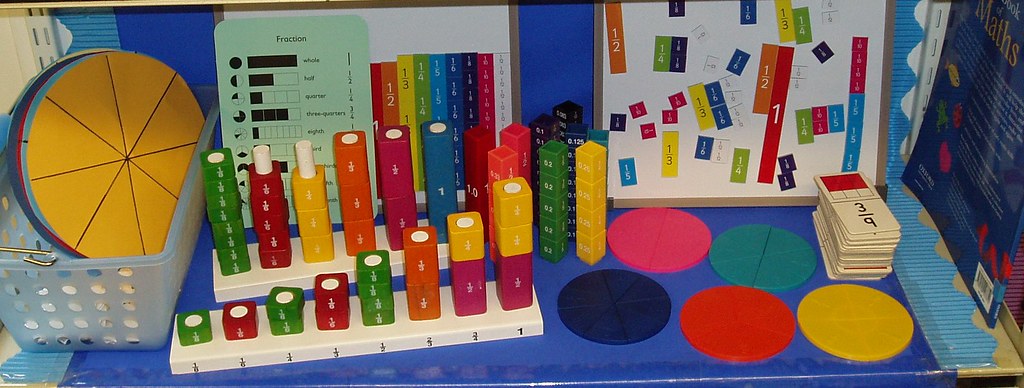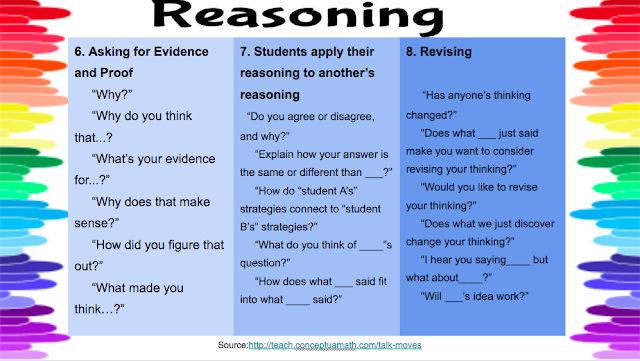This year has been huge for me. I have learnt a lot about myself as a teacher and a co-teacher. I have found that working together being on the same page and investigating the same issues in teaching and learning. I have found that especially in reading we have made a lot of shift even though this is not the area of our focussing inquiry.
Inquiry
This year has been a huge year of learning for me in terms of DMiC maths and reflecting back the critical successes we have had in this area are. Children all have strong shared values around what maths looks like in our classroom. This is due to the early implementation of our class maths norms and the constant talk about them. The kids are excited to do maths, they want to talk to their friends about what they are learning and they want the problems to be hard. They don’t get upset when they do get the whole thing first time they listen and then try again. I skill have much to learn in DMiC but I feel one success is how well Chrissy and I have worked together to build our knowledge and help each other in this area well skill maintaining our own teacher voice and style.
Other
Reading
We are really proud of the reading shift we have seen this year. We have had most of our learners make over a years shift with half of our learners making 1.5 years or over. We feel this is due in part to our routines that encourage millage, we get kids to read every morning and take books home every night. We also believe that the discussions and creative tasks have had an impact here. Our class love reading and that love of reading is evident in their shift.
Chart

Writing
This week we have been doing practice test condition writing for our test on Thursday. We have been talking to each child about their goals. It is so wonderful to look back at their writing at the beginning of the year and now and see so much more writing, more structure and more description, My biggest success her though are two boys, At the beginning of the year writing time would come and they would chuck their pencils and find a corner to hide or cry. Now they sit for 40 mins with everyone else and write. They write 4 sentences with no tears they just try and that is the kind of shift your feel as a teacher a shift from fear to happiness and pride.
Inquiry
This year has been a huge year of learning for me in terms of DMiC maths and reflecting back the critical successes we have had in this area are. Children all have strong shared values around what maths looks like in our classroom. This is due to the early implementation of our class maths norms and the constant talk about them. The kids are excited to do maths, they want to talk to their friends about what they are learning and they want the problems to be hard. They don’t get upset when they do get the whole thing first time they listen and then try again. I skill have much to learn in DMiC but I feel one success is how well Chrissy and I have worked together to build our knowledge and help each other in this area well skill maintaining our own teacher voice and style.
Other
Reading
We are really proud of the reading shift we have seen this year. We have had most of our learners make over a years shift with half of our learners making 1.5 years or over. We feel this is due in part to our routines that encourage millage, we get kids to read every morning and take books home every night. We also believe that the discussions and creative tasks have had an impact here. Our class love reading and that love of reading is evident in their shift.
Chart
Writing
This week we have been doing practice test condition writing for our test on Thursday. We have been talking to each child about their goals. It is so wonderful to look back at their writing at the beginning of the year and now and see so much more writing, more structure and more description, My biggest success her though are two boys, At the beginning of the year writing time would come and they would chuck their pencils and find a corner to hide or cry. Now they sit for 40 mins with everyone else and write. They write 4 sentences with no tears they just try and that is the kind of shift your feel as a teacher a shift from fear to happiness and pride.

































